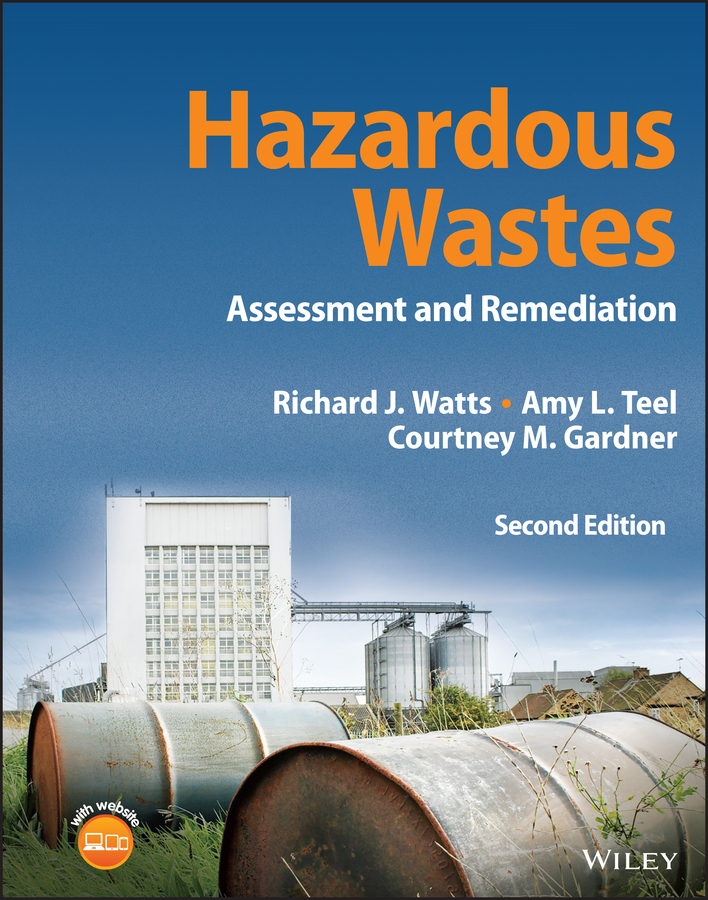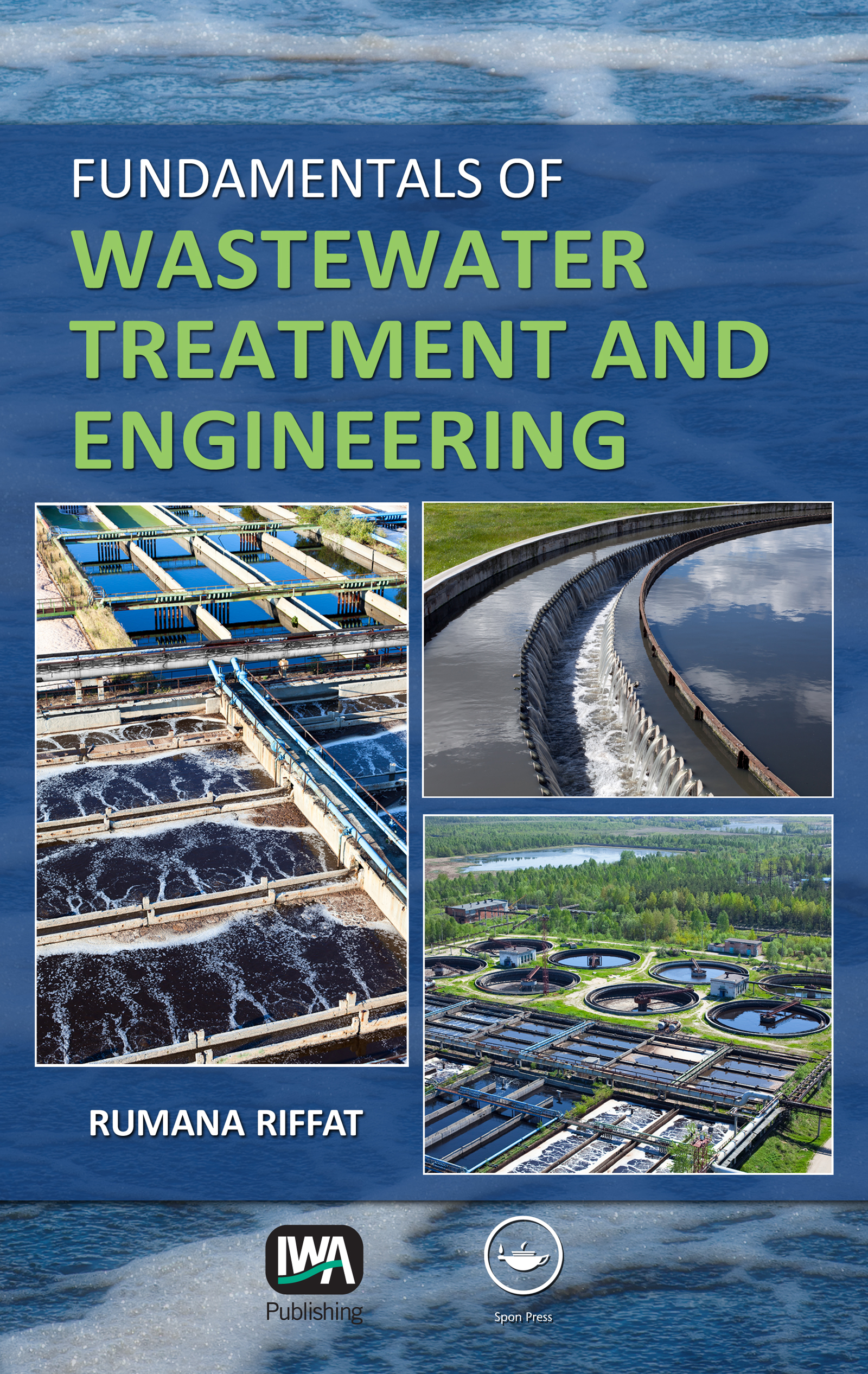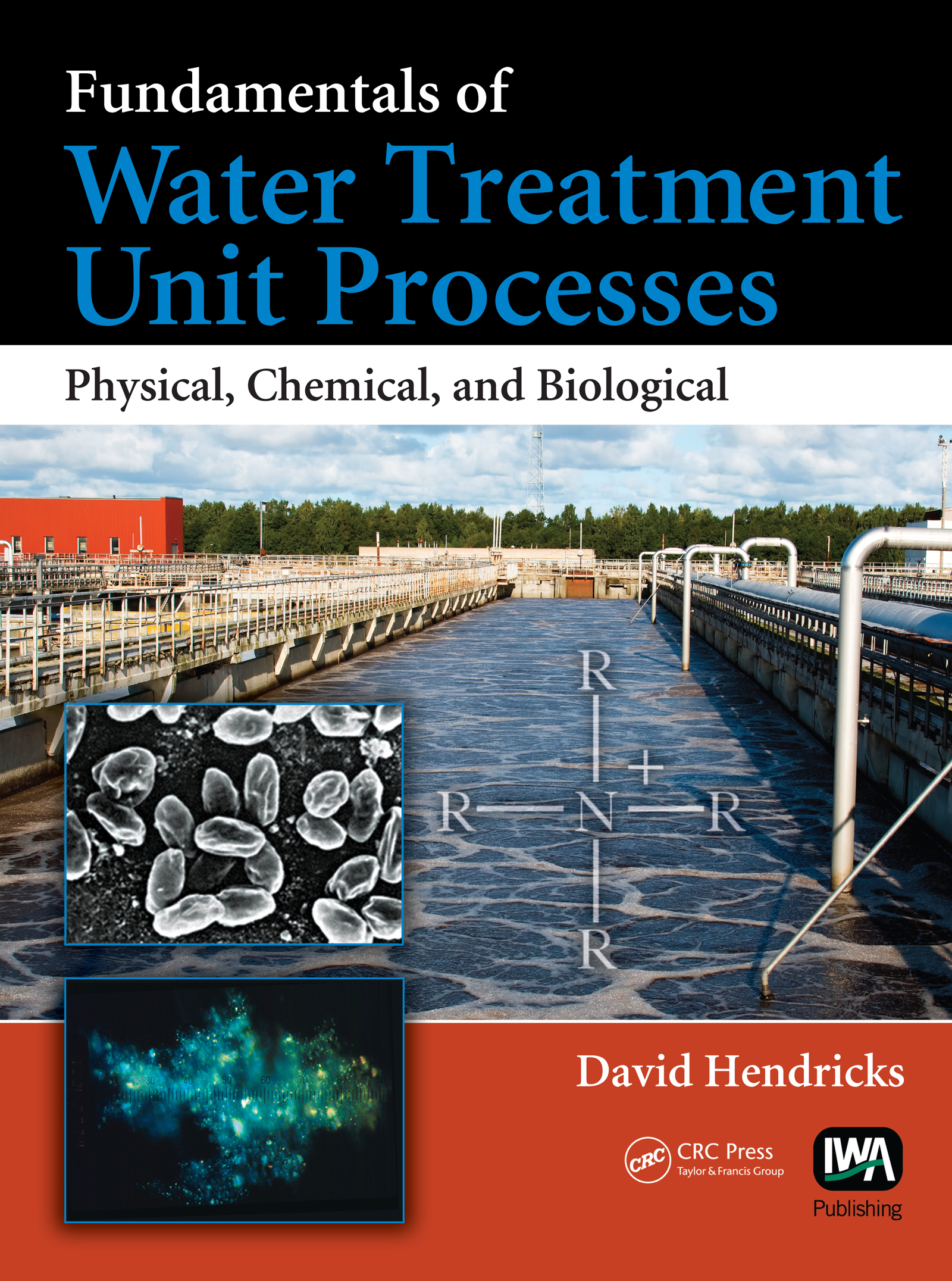CLCX7
LanguageENG
PublishYear2023
publishCompany
Wiley
EISBN
9781119634041
PISBN
9781119634065
edition
2nd Edition
- Product Details
- Contents
Hazardous Wastes: Assessment and Remediation provides a fundamental and comprehensive approach to all aspects of hazardous waste problems. The first section, Assessment, focuses on the chemistry and properties of hazardous chemicals, their partitioning, volatilization, and abiotic and biotic degradation, and human health effects and quantitative risk assessment. In the second section, Remediation, five chapters are devoted to currently used remediation processes based on partitioning, volatilization, abiotic treatment, and biotic treatment, and residuals mitigation. The second edition of Hazardous Wastes focuses on adding new information that has been developed since the first edition was published, updating tabular data, and adding expanded chapters on treatment. The salient topic relative to new information is the chemistry of emerging contaminants, including perfluorinated compounds, 1,4-dioxane, methyl tert-butyl ether, and personal care products. Up-to-date data for Threshold Limit Value, Reference Dose, Slope Factor, Reference Concentration, and Inhalation Unit Risk are added. Included in the new remediation chapters are numerous design problems, incorporating economic analyses and the selection of different design alternatives. The solutions manual has also been updated with solutions to approximately 200 new end-of-chapter problems.
Collected by
- Princeton University
Similar











